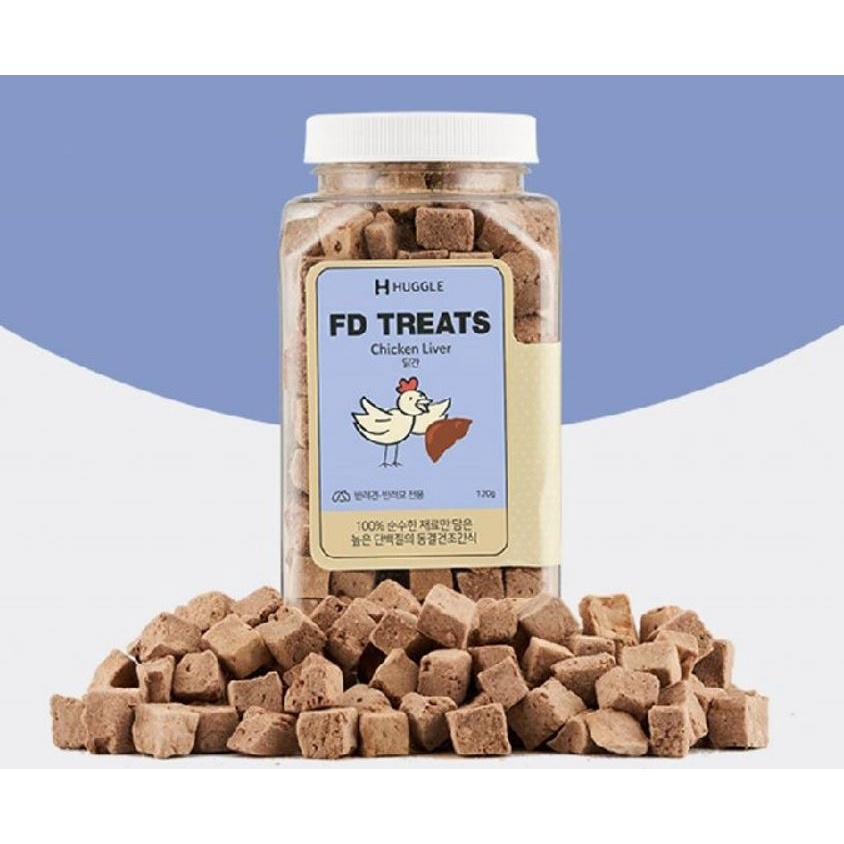When it comes to pampering our furry companions, few things elicit as much joy as a well-deserved treat. As pet parents become increasingly discerning about their pets’ diets, freeze-dried dog treats have surged in popularity. But with this newfound trend comes an essential question: Are these crunchy morsels genuinely safe for our beloved canines? Let’s embark on a thorough exploration of freeze-dried treats to discern their safety, nutritional value, and potential risks.
First, let’s demystify what freeze-dried treats actually are. The process of freeze-drying involves removing the moisture from food while retaining its nutritional profile. This technique typically preserves the integrity of the ingredients, ensuring that vitamins and minerals remain intact. The treats often come in various forms, primarily meat-based, and promise a convenient and shelf-stable option for discerning dog owners.
So, are freeze-dried treats safe? The straightforward answer is: yes, but with caveats. Many freeze-dried treats are made from high-quality ingredients, such as pure meat or vegetables, without the fillers or byproducts often found in conventional treats. However, not all options are created equal. It’s imperative to select those that adhere to stringent safety and quality standards. For example, products originating from facilities that meet the guidelines set forth by the FDA tend to be more reliable.
Now, let’s delve deeper into the types of freeze-dried treats available and what merits they might possess. They generally fall into four distinct categories: single-ingredient treats, multi-ingredient formulations, training treats, and meal toppers. Single-ingredient treats, like freeze-dried liver or chicken, boast simplicity and authenticity, catering to dogs with discerning palates or those prone to food sensitivities. Multi-ingredient options might include blends with fruits and vegetables, providing a more robust nutrient profile.
Training treats, often smaller and easier to consume, are designed to reinforce positive behavior and encourage learning. Their freeze-dried nature offers a powerful flavor punch, which can motivate dogs during training sessions. Meanwhile, freeze-dried meal toppers can enhance the nutritional value of regular kibble, enticing picky eaters with a textural and flavor upgrade.
While the necessity for quality is paramount, understanding the nutritional benefits helps in making informed choices. Freeze-dried treats often retain the significant nutrients from their fresh counterparts. They are typically high in protein, providing essential amino acids that support muscle health and vitality. Additionally, many freeze-dried treats contain minerals and vitamins like omega fatty acids which promote a shiny coat and overall well-being.
However, pet owners should also be aware of potential risks associated with freeze-dried treats. One primary concern is the possibility of bacterial contamination, particularly with meat-based products. Pathogens like Salmonella and E. coli can surface in freeze-dried meat treats if proper handling and preparation guidelines are not followed. It’s crucial to purchase from reputable brands and to adhere to safe feeding practices—such as washing hands after handling treats and ensuring the treats are stored properly to mitigate such risks.
Another critical factor to consider is portion control. Despite their myriad of benefits, treats should only constitute a small fraction of a dog’s overall diet—generally recommended at no more than 10% to 15% of daily caloric intake. Overindulgence can lead to obesity and other health issues. This rule also applies to freeze-dried treats, lest they instigate imbalances in nutrition.
Furthermore, it’s prudent to monitor your pet closely when introducing new treats. As with any dietary change, you should observe your dog for adverse reactions or gastrointestinal distress. Symptoms such as vomiting, diarrhea, or lethargy can indicate that a particular treat may not agree with your dog’s system. Consulting a veterinarian can provide tailored advice, especially if your pet has existing health concerns.
Environmental sustainability is another pertinent conversation in the realm of pet food. As more companies focus on responsibly sourced ingredients and eco-friendly practices, pet owners are encouraged to investigate the brands they choose. Look for indicators of sustainability on the packaging and consider the environmental footprint of the treats you’re selecting. Supporting companies that prioritize ethical sourcing manifests both in your pet’s health and the well-being of the planet.
In conclusion, freeze-dried dog treats present a tantalizing option for pet owners seeking to reward their dogs healthily. With the right choices, these treats can enhance your dog’s diet, promoting vitality and enjoyment. However, vigilance regarding food safety, quality ingredients, proper portion sizes, and any potential health reactions is critical. Ultimately, providing your dog with treats should enhance their life—all while ensuring that it’s a safe and nutritious indulgence. So, the next time it’s treat time, consider reaching for those freeze-dried bites, but remember the guidelines that come with them. After all, every treat is an opportunity for joy and connection—provided it’s served with care!
